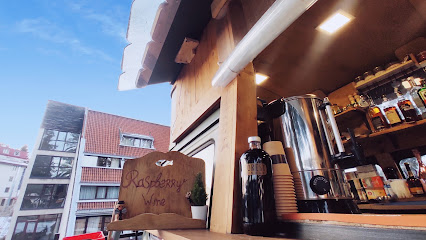
Rila National Park: A Balkan Jewel
Discover Bulgaria's natural crown jewel: Rila National Park, home to glacial lakes, soaring peaks, and diverse wildlife, offering unforgettable adventures.
Rila National Park, Bulgaria's largest, is a haven of natural beauty, encompassing glacial lakes, towering peaks, and diverse ecosystems. Home to Musala, the Balkan Peninsula's highest peak, and the famous Seven Rila Lakes, it offers stunning landscapes and abundant opportunities for outdoor adventures.
A brief summary to Rila National Park
- BG
Local tips
- Wear layers, as the weather in the mountains can change rapidly. Even in summer, temperatures can drop quickly, especially at higher altitudes.
- Bring sturdy hiking boots, as the trails can be rocky and uneven. Proper footwear is essential for a comfortable and safe hiking experience.
- Check the chairlift operating hours if you plan to visit the Seven Rila Lakes. The lift can save you a significant amount of hiking time.
- Pack sunscreen and sunglasses, even on cloudy days. The sun's rays are strong at high altitudes, and the reflection off the snow or water can be intense.
- Stay on marked trails to protect the fragile environment. Venturing off-trail can damage delicate vegetation and disturb wildlife.
Getting There
-
Public Transport
From Sofia, take a bus to Samokov from the Sofia Alexander Nevski Cathedral station. From Samokov, transfer to a bus heading towards a park entrance, such as Panichishte for the Seven Rila Lakes. Alternatively, a bus from Sofia to Dupnitsa, then another to Sapareva Banya, followed by a taxi to the lift for the Seven Rila Lakes is possible. Bus fares from Sofia to Samokov or Dupnitsa range from 18-27 BGN. A taxi from Sapareva Banya to the lift will cost approximately 20-30 BGN.
-
Driving
Driving from Sofia to Rila National Park takes approximately 2 hours. The most common route is to take the E79 and Route 62 to reach various access points. For the Seven Rila Lakes, head towards Sapareva Banya and then Panichishte. Parking near the Seven Rila Lakes chairlift costs around 5 BGN per day. Be aware that road signs may be in Cyrillic. Parking near the Rila lakes chairlift can be difficult during the summer and on weekends.
-
Shuttle Bus
During the summer season, a direct shuttle bus service operates from Sofia to the Seven Rila Lakes chairlift parking lot. The Rila Shuttle departs from a central meeting point in Sofia and takes approximately 1 hour and 40 minutes. A return ticket costs 30 EUR per person. This is a convenient option, but the shuttle does not run every day.
Discover more about Rila National Park
Iconic landmarks you can’t miss
Fish Lakes Hut (ribini ezra)
4.4 km
Explore the breathtaking Rila Mountains at the Fish Lakes Hut, a serene retreat for nature lovers and hikers seeking unforgettable mountain experiences.
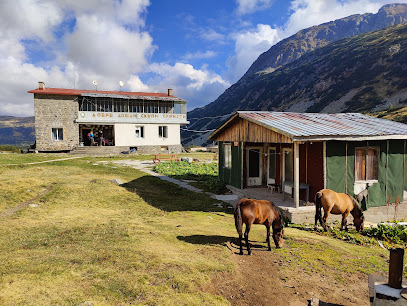
Ledenoto Ezero Shelter
6.8 km
Discover the serene beauty of Ledenoto Ezero Shelter, your perfect mountain retreat in Bulgaria, combining breathtaking views and delicious local cuisine.
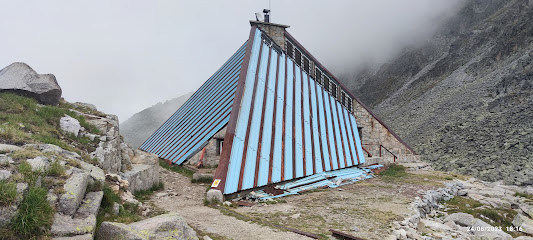
Borovets Yastrebets Gondola - top station
10.3 km
Discover breathtaking views and outdoor adventures at the Borovets Yastrebets Gondola in the stunning Rila Mountains of Bulgaria.

Hotel Yastrebets Wellness & Spa
13.5 km
Discover luxury and tranquility at Hotel Yastrebets Wellness & Spa, a premier retreat in Borovets offering exceptional wellness and breathtaking mountain views.

Yastrebec Express Lift
13.8 km
Discover breathtaking views and thrilling skiing at the Yastrebec Express Lift, a premier mountain cable car in Bulgaria's stunning landscapes.
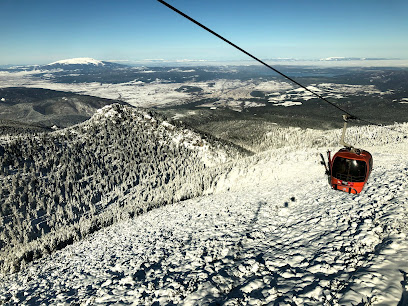
Borovets Hills Hotel
13.8 km
Experience the serenity and adventure of Borovets Hills Hotel in Bulgaria's Rila Mountains, your perfect escape for relaxation and outdoor fun.

Madjare's Hug - Swing with a View
14.0 km
Experience breathtaking views and thrilling swings at Madjare's Hug in Bulgaria's picturesque Madzhare village, a perfect destination for adventure seekers and nature lovers.
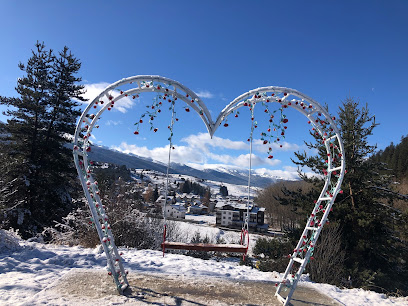
Tsarska Bistritsa
14.1 km
Discover Tsarska Bistritsa, a royal retreat in Bulgaria, where history, architecture, and nature unite in stunning landscapes.
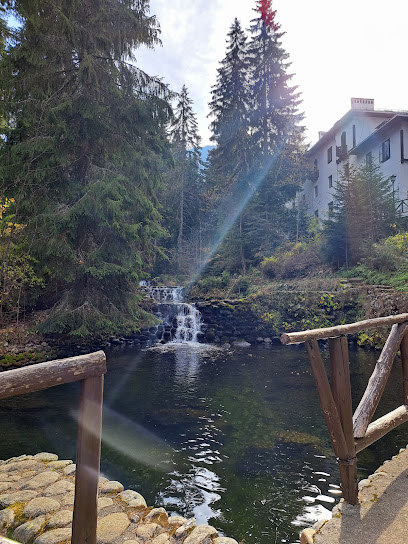
Резерват Парангалица
14.6 km
Explore the breathtaking beauty of Parangalitsa Nature Preserve, Bulgaria's serene sanctuary, rich in biodiversity and stunning landscapes.
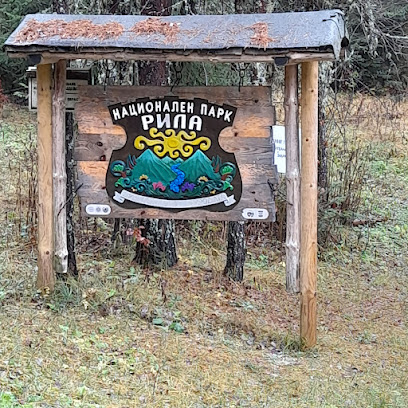
Hotel Musala
14.6 km
Experience unparalleled comfort and adventure at Hotel Musala in Borovets, Bulgaria – the perfect destination for winter sports and summer escapes.

Silver Fox
14.7 km
Experience the essence of Bulgarian cuisine at Silver Fox, where stunning alpine views meet authentic flavors in Borovets.
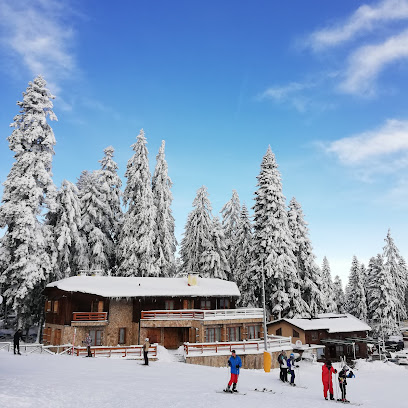
Studio Borovets in Hotel Flora
14.8 km
Cozy studio in Borovets' Hotel Flora, offering ski-to-door access, mountain views, and a perfect base for exploring the Rila Mountains year-round.

Balkan PMS Travel
14.8 km
Discover the beauty of Bulgaria with Balkan PMS Travel, your local guide to unforgettable experiences in the heart of the Balkans.
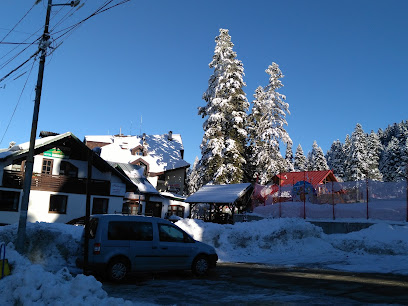
Въжен град Бороландия
14.9 km
Explore the Vezhen Fortress in Samokov, Bulgaria, a captivating historical landmark with breathtaking views and rich natural beauty.
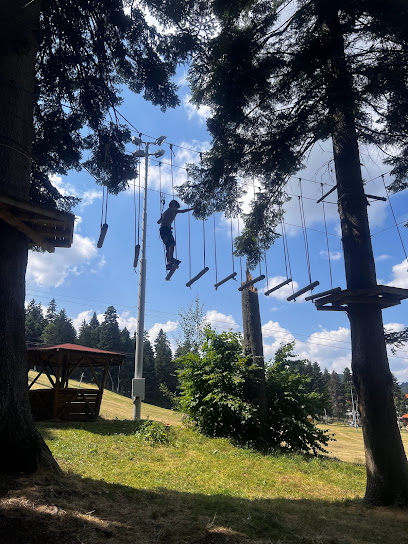
White horse
14.9 km
Experience the enchanting beauty of Borovets at the White Horse Hotel, your cozy retreat for adventure and relaxation in Bulgaria's majestic mountains.
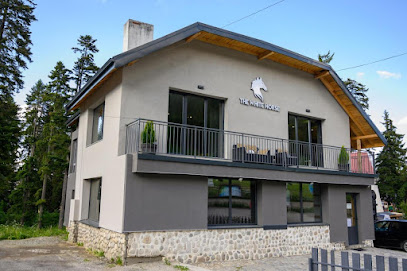
Unmissable attractions to see
Скакавешко езеро
1.4 km
Discover the serene beauty of Skakavets Lake in the Rila Mountains, Bulgaria - an idyllic escape for nature lovers and photographers.

Rila
2.4 km
Explore the breathtaking Rila Mountains, a UNESCO World Heritage site, where stunning peaks, glacial lakes, and rich biodiversity await.
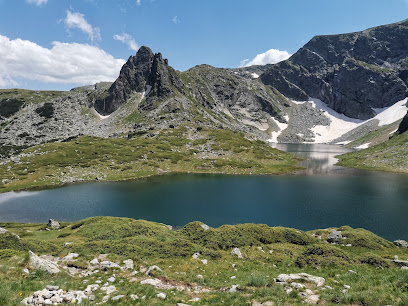
Царските Рилски езера
2.5 km
Explore the Tsarski Rilski Lakes: Bulgaria's hidden gem of glacial beauty, perfect for adventurers and nature lovers seeking tranquility.

Рибните езера
3.6 km
Discover the serene Rila Monastery Park, a UNESCO World Heritage site, surrounded by stunning landscapes and rich Bulgarian history.

Царското езеро
3.9 km
Experience the serene beauty of Царското езеро, a tranquil lake near Мала църква, perfect for relaxation, picnics, and nature exploration in Bulgaria.

Царските Рилски езера
4.2 km
Explore the enchanting Tsarskite Rilski Ezera, Bulgaria's glacial lakes nestled in the Rila Mountains, perfect for hiking, relaxation, and breathtaking views.

Fish Lake
5.0 km
Explore the breathtaking trails and serene waters of Fish Lake, a hiking paradise in Bulgaria, perfect for nature lovers and adventure seekers.
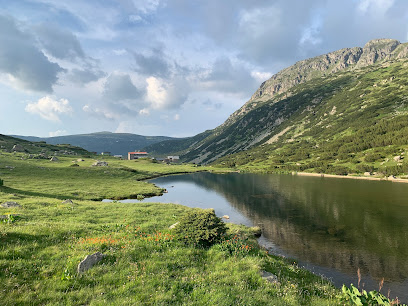
Panorama Viewpoint - Fish Lake
5.1 km
Experience stunning views and serene nature at the Panorama Viewpoint - a hidden gem by Fish Lake in Bulgaria's picturesque Kiustendil region.

М-т Йозола-Царските Рилски езера
5.5 km
Experience the serene beauty of M-т Йозола-Царскити Рилски езера, a natural paradise in Bulgaria ideal for relaxation and outdoor adventures.

Голям Близнак
5.5 km
Discover the breathtaking hiking trails and natural beauty of Goliam Bliznak in Borovets, Bulgaria, a perfect escape for nature and adventure enthusiasts.
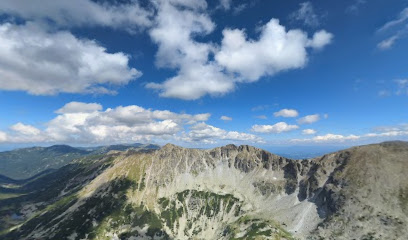
Царски Рилски езера
5.6 km
Explore the breathtaking natural beauty and serene landscapes of Tsarskо Rilski Lake in Bulgaria's stunning Rila Mountains.

Черното езеро (Черни гьол)
5.6 km
Explore the tranquility of Черното езеро (Black Lake), a captivating natural wonder in Bulgaria perfect for relaxation and adventure seekers.

връх Малък близнак
5.6 km
Discover the scenic trails and breathtaking vistas of Vrah Malak Bliznak, a perfect hiking destination near Samokov, Bulgaria.
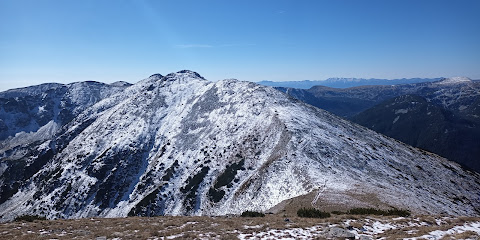
Kovach peak
6.1 km
Explore the breathtaking beauty of Kovach Peak in Bulgaria, a must-visit destination for nature lovers and adventure seekers.
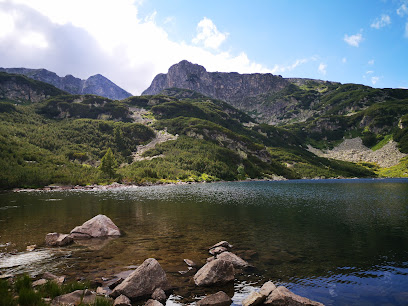
Маричини езера
6.3 km
Explore the natural beauty and wildlife of Marichini Lake, a serene refuge for nature lovers in Bulgaria's stunning landscapes.

Essential places to dine
При Чичо Киро
10.3 km
Experience authentic Bulgarian cuisine at При Чичо Киро near Rila Monastery – where tradition meets taste in a welcoming atmosphere.
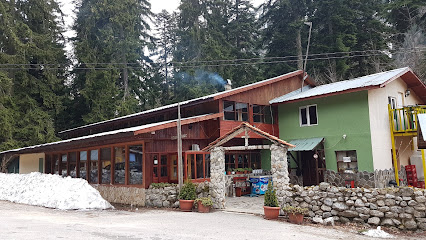
B&B with a diner
10.5 km
Experience the charm of Rilski Manastir at this family-friendly B&B featuring a delightful diner and stunning natural surroundings.
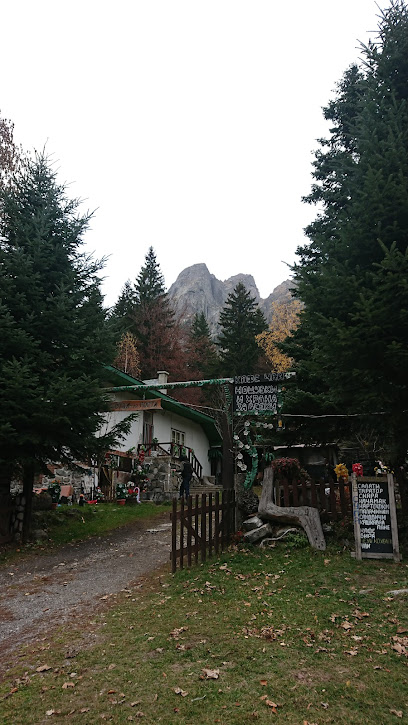
Хотел Конде Семково
11.2 km
Discover family-friendly adventures at Hotel Conde Semkovo, where comfort meets nature in beautiful Dobarsko.
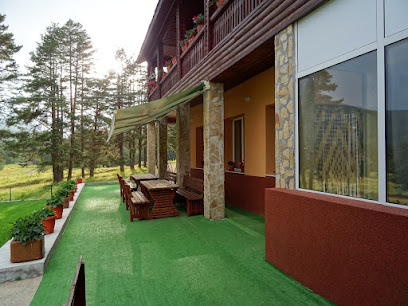
La Barraka Bistro
13.4 km
Experience authentic Bulgarian flavors at La Barraka Bistro in Govedartsi - where tradition meets taste.
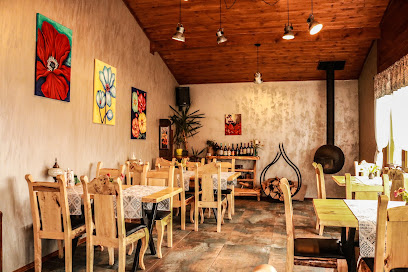
Последенъ Грошъ
13.4 km
Savor traditional Bulgarian cuisine in a cozy setting at Последенъ Грошъ - a must-visit meyhane in Мала църква.

Bear Park BBQ
13.5 km
Experience authentic Bulgarian barbecue at Bear Park BBQ in Beliца – where every meal is a celebration of local flavors.
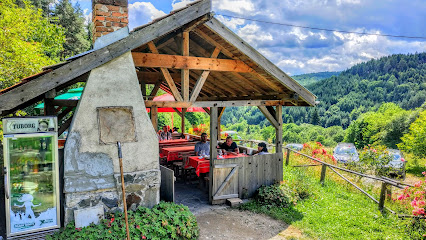
Finish Line Guest House And Food
13.6 km
Experience authentic Bulgarian cuisine at Finish Line Guest House and Food in Samokov - where tradition meets taste.
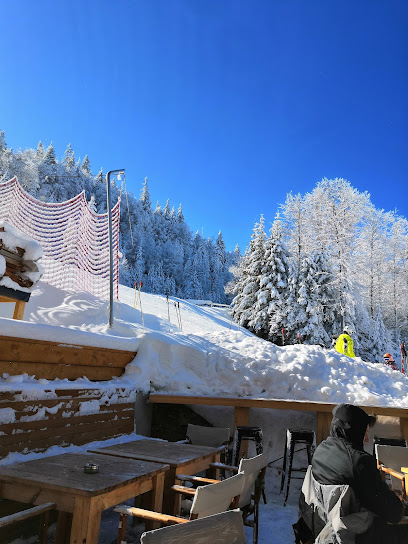
Bistro Hrima
14.9 km
Discover authentic Bulgarian cuisine at Bistro Hrima in Samokov - where local flavors meet warm hospitality.
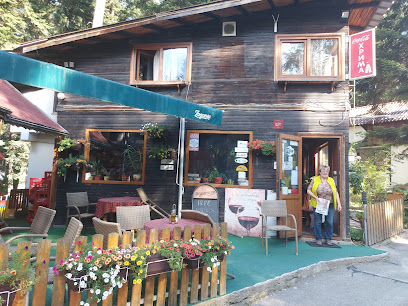
Chinese Moon
14.9 km
Experience authentic Chinese cuisine in Borowez at Chinese Moon - where every dish tells a story.
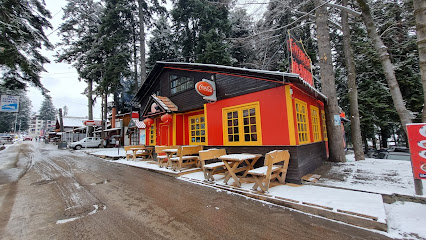
The Black Cat Restaurant
14.9 km
Experience authentic Bulgarian cuisine at The Black Cat Restaurant in Bоровец - where flavor meets hospitality in a charming alpine setting.

Lawina avalanche restaurant
15.0 km
Discover family-friendly dining at Lawina Avalanche Restaurant in Borowez – where delicious cuisine meets stunning mountain views.
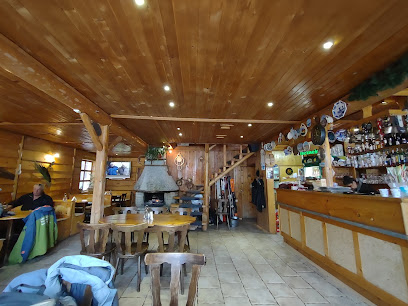
Kristal Restaurant
15.0 km
Experience traditional Bulgarian flavors in a charming setting at Kristal Restaurant in Боровец.

Napoli Bar & Dinner
15.0 km
Experience authentic Bulgarian cuisine at Napoli Bar & Dinner in scenic Borovets – where flavor meets stunning mountain views.
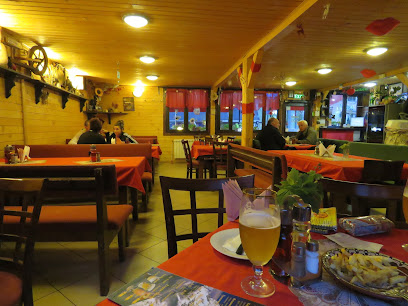
Sangria resort Borovets
15.0 km
Experience exquisite dining and comfortable lodging at Sangria Resort Borovets, nestled in the heart of Bulgaria's stunning mountains.
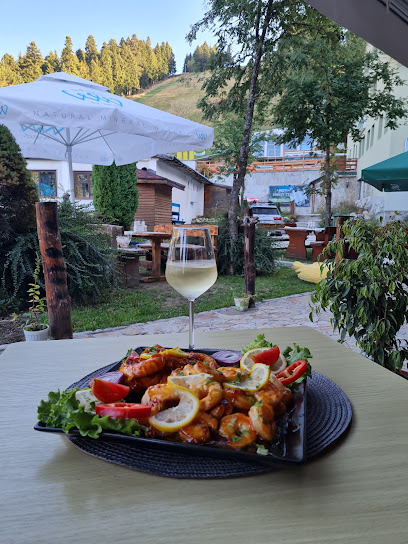
Titanic Bar &Dinner Borovets
15.0 km
Experience authentic Bulgarian cuisine at Titanic Bar & Dinner in Borovets - where tradition meets taste amid stunning mountain views.
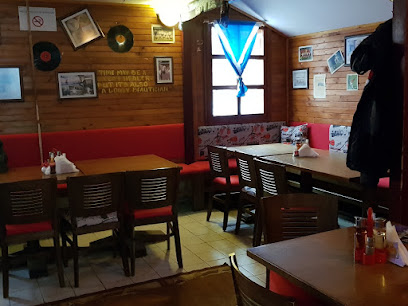
Markets, malls and hidden boutiques
Sveta Gora Holiday Village
11.0 km
Experience the serene beauty of Sveta Gora Holiday Village, your ideal retreat in the heart of Bulgaria's stunning nature.
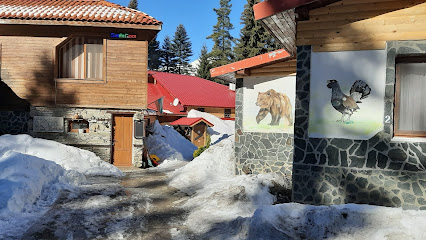
Coliving Semkovo
11.3 km
Discover a harmonious blend of work and leisure at Coliving Semkovo, the perfect retreat for digital nomads in the heart of Bulgaria's natural beauty.
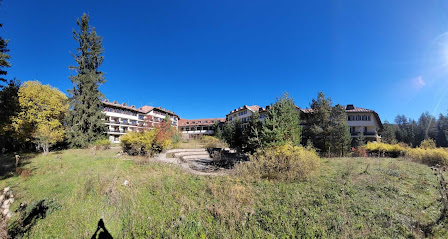
Shop Rossi Магазин Роси
13.4 km
Explore Govedartsi with Shop Rossi, your local supermarket offering fresh produce and traditional Bulgarian delicacies.
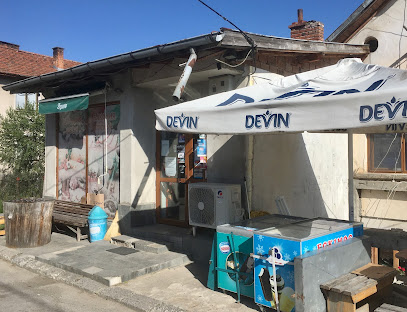
Дървени сувенири
13.4 km
Explore the charm of Govedartsi with unique handcrafted wooden souvenirs that embody Bulgarian artistry and culture.
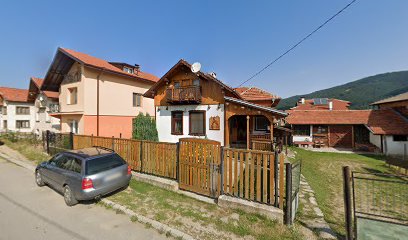
Дървени сувенири
13.4 km
Explore the enchanting wooden souvenirs of Govedartsi, where every handcrafted piece tells a story of Bulgarian culture and craftsmanship.

Хранителни стоки
13.4 km
Discover the authentic flavors of Bulgaria at Хранителни стоки in Мала църква, a local store offering traditional foods and delightful local products.
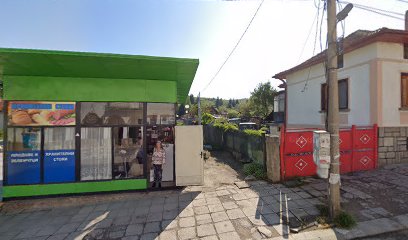
Универсален Магазин Говедарци
13.6 km
Experience the charm of Govedartsi at the Universal Store, where local culture meets everyday shopping in a picturesque Bulgarian village.
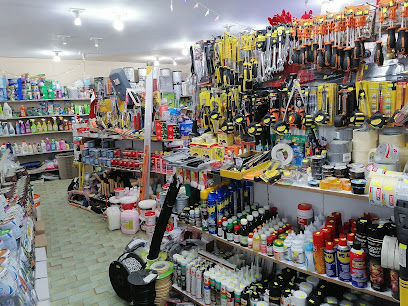
Универсален Магазин Говедарци
13.6 km
Explore Govedartsi's Universal Store, a charming destination offering local goods and unique souvenirs in the heart of Bulgaria.
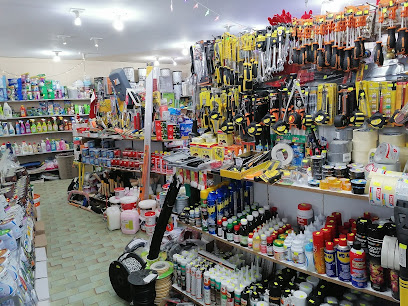
Универсален Магазин Говедарци
13.6 km
Explore Универсален Магазин Говедарци in Govedartsi - a local treasure for unique crafts, traditional foods, and a glimpse into Bulgarian culture.
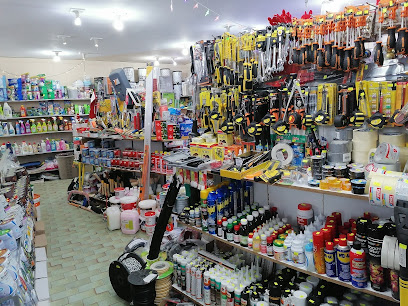
Хранителен магазин
14.2 km
Explore Хранителен магазин in Мала църква for authentic local products and a taste of Bulgarian culture, perfect for every traveler.

Хранителен магазин
14.2 km
Explore the heart of Bulgarian culture at Хранителен магазин – your go-to store for local delicacies and unique crafts in Мала църква.
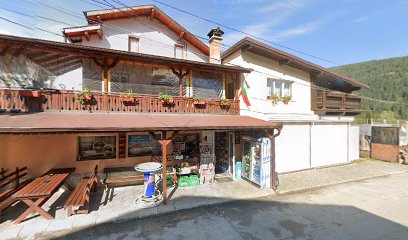
Резерват Парангалица
14.6 km
Explore the serene landscapes of Резерват Парангалица, Bulgaria's hidden gem for nature lovers and outdoor enthusiasts.
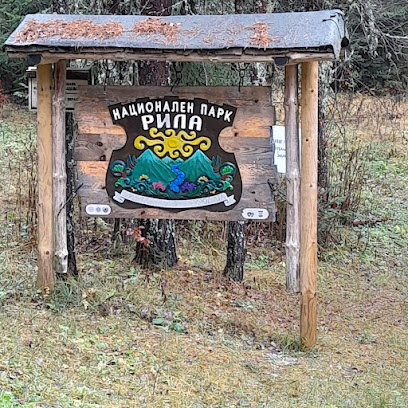
Ollie Moly Ski Depot and School
14.8 km
Discover the thrill of skiing in Borovets at Ollie Moly Ski Depot and School, offering expert lessons and top-quality gear rentals for all adventurers.
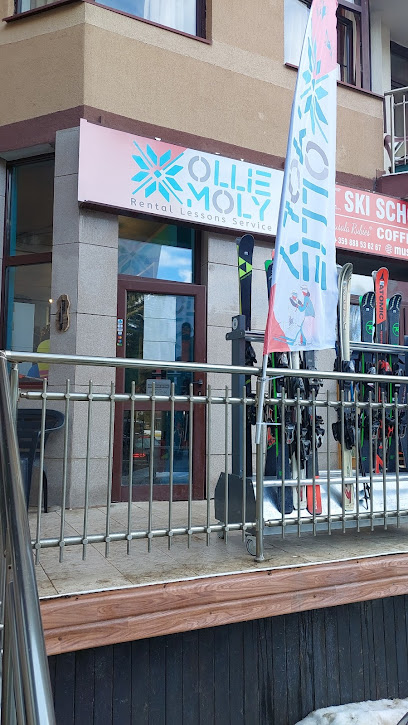
Спортен магазин MEGA SPORT
14.9 km
Discover quality sporting goods at MEGA SPORT in Borovets, your go-to place for outdoor adventures and athletic wear in the heart of Bulgaria.
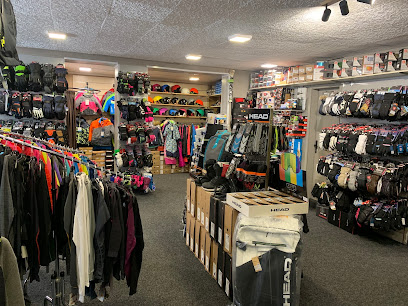
ALPIN Rent Ski & Ski School Borovets
14.9 km
Discover top-notch ski rentals and expert instruction at ALPIN Rent Ski & Ski School Borovets, the perfect spot for winter sports enthusiasts.
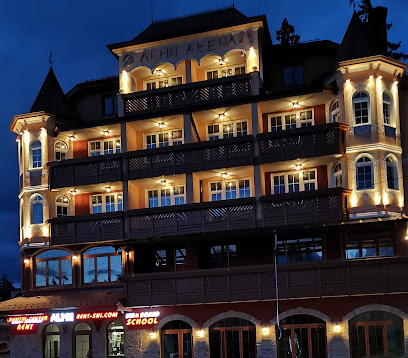
Essential bars & hidden hideouts
Taste the filing
10.0 km
Discover the authentic taste of Bulgaria at Taste the Filing, a grill restaurant in Borowez offering sumptuous grilled delights and stunning mountain views.
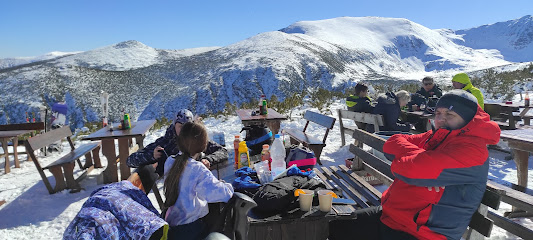
Hotel Bor Semkovo
10.9 km
Hotel Bor Semkovo: A serene retreat nestled in Bulgaria's breathtaking Semkovo area, perfect for nature lovers and adventure seekers.
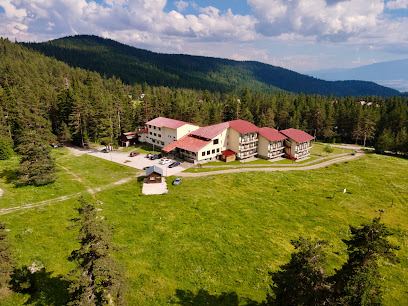
Хотел Конде Семково
11.2 km
Discover the perfect family getaway at Hotel Conde Semkovo, where comfort meets adventure in Bulgaria's stunning landscapes.

Quattro Malyovitsa
13.5 km
Discover Quattro Malyovitsa, a serene bar in the heart of Bulgaria's Malyovitsa region, perfect for unwinding after your mountain adventures.
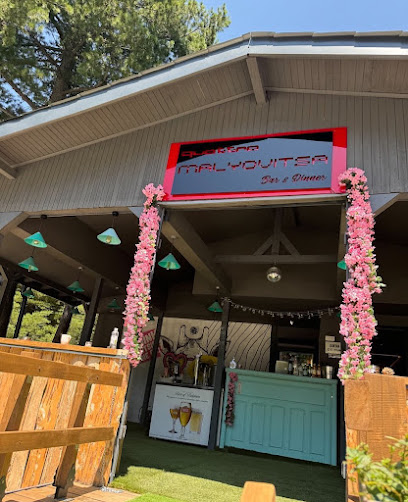
Cafe Blitz
13.8 km
Discover the charm of Cafe Blitz in Madzhare - a cozy bar with outdoor seating, perfect for enjoying local refreshments and soaking up village life.
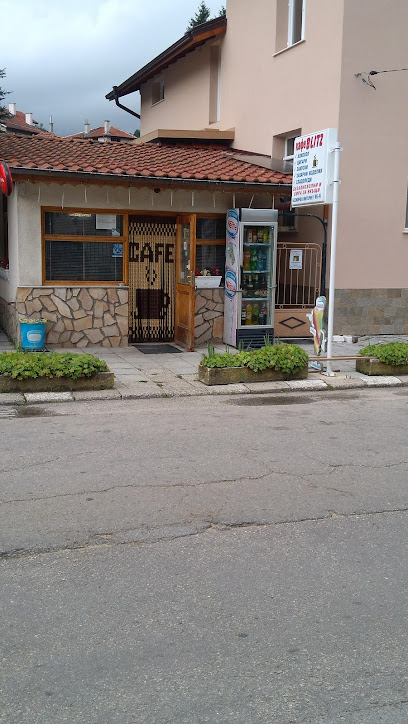
John Smith's Pub
14.9 km
Discover the vibrant atmosphere and exceptional service at John Smith's Pub in Bоровец, a perfect spot for relaxation after mountain adventures.
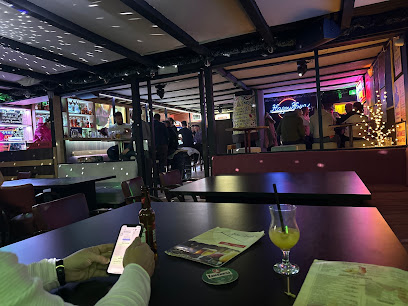
Red Lion
15.0 km
Experience the lively atmosphere at Red Lion Bar in Borowez, where great drinks and good company meet in a charming setting.
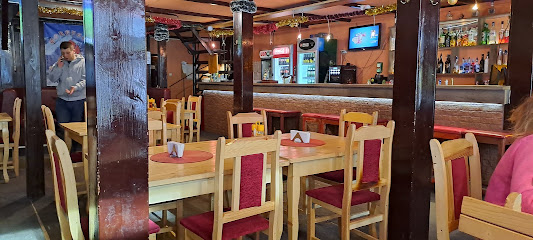
Frankos Restaurant Karaoke and bar
15.0 km
Discover the lively atmosphere of Frankos Restaurant Karaoke and Bar in Боровец, where delicious food meets unforgettable karaoke entertainment.
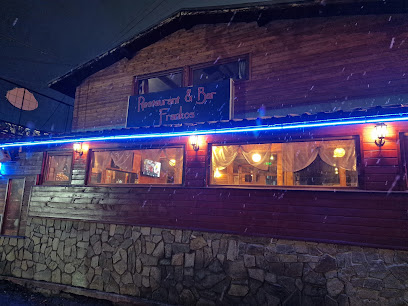
KATINA Bar & Dinner
15.0 km
Discover the best barbecue and pizza at KATINA Bar & Dinner, a culinary gem located in the scenic Borovets, Bulgaria.
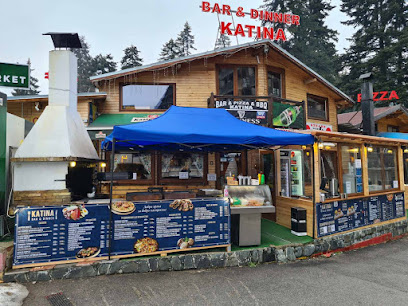
PAPPA MIA sports bar
15.0 km
Experience the vibrant atmosphere at PAPPA MIA Sports Bar in Bоровец, where sports, drinks, and friendly faces come together for an unforgettable night out.
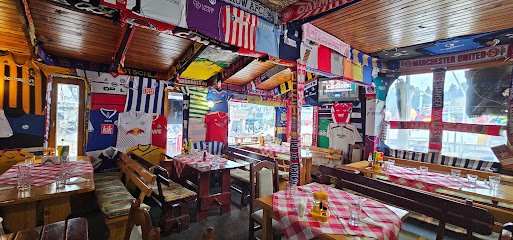
Misfits Bar
15.0 km
Discover the lively Misfits Bar in Borovets, where fun meets fantastic drinks in a vibrant atmosphere perfect for tourists and locals alike.

Champions Lobby Bar and Diner
15.0 km
Discover the charm of Champions Lobby Bar and Diner in Bоровец, where delicious cuisine meets a warm, inviting atmosphere.
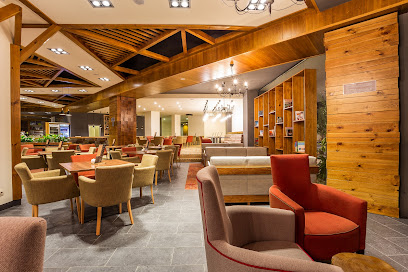
White Magic/БялаМагия
15.1 km
Unwind and socialize at White Magic, a cozy bar in Borovets offering a wide selection of drinks and a welcoming atmosphere.
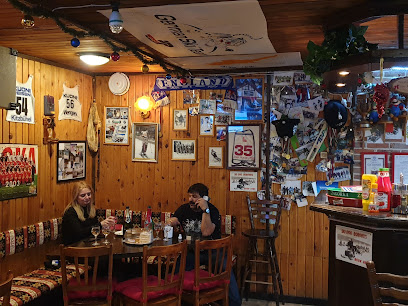
Snack bar Joy
15.1 km
Discover authentic Bulgarian cuisine at Snack Bar Joy, a cozy restaurant in Bansko offering delightful dishes and a warm atmosphere.

Forest Bus Bar
15.1 km
Discover the charm of Forest Bus Bar in Borovets, where delicious hot wine and a cozy atmosphere await in the heart of the Rila Mountains.
